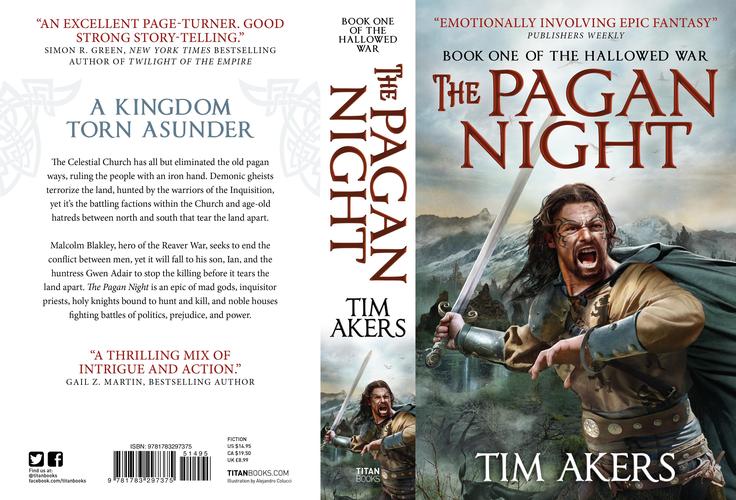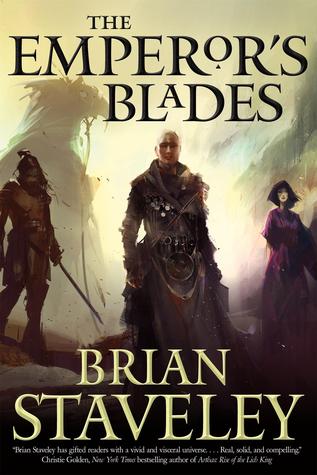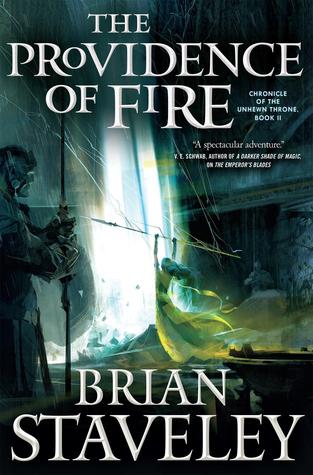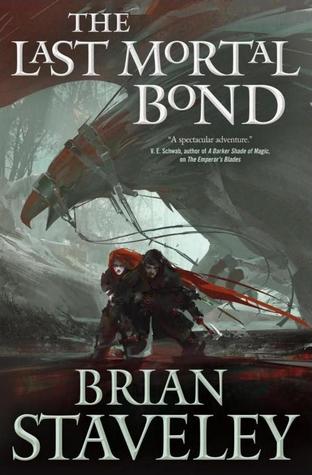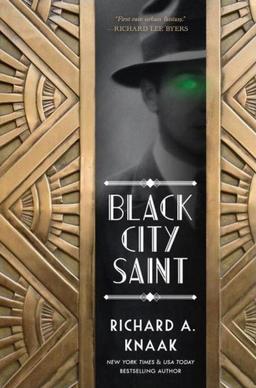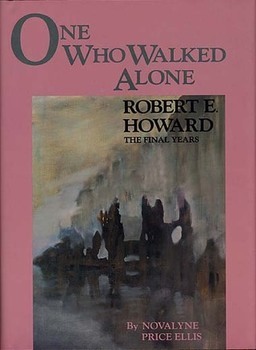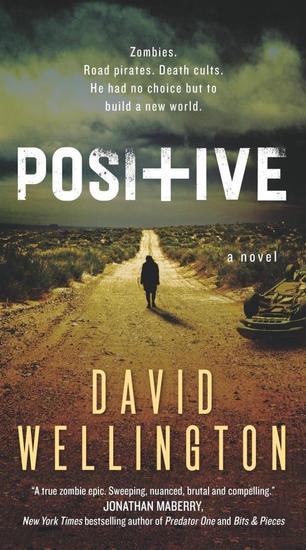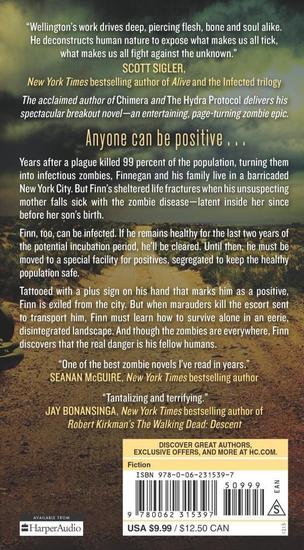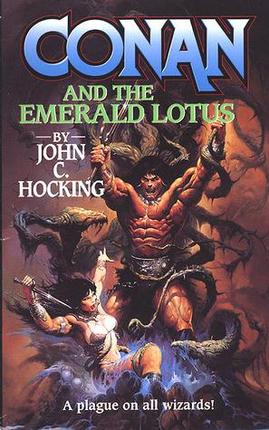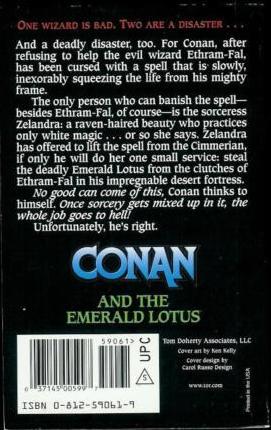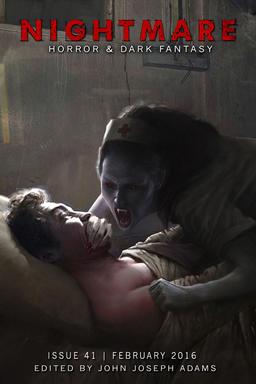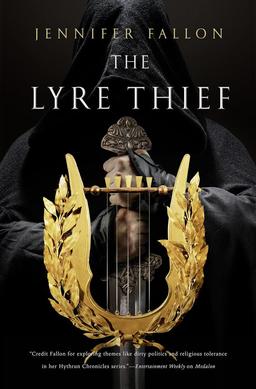Goblin Fruit Winter 2016 Now Available
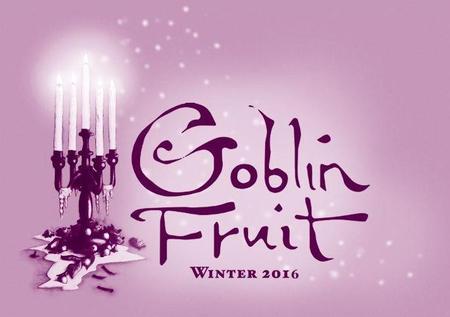 After a one-year hiatus, online magazine Goblin Fruit has returned. Hurrah! They address their missing year in this issue’s Note from the Editors:
After a one-year hiatus, online magazine Goblin Fruit has returned. Hurrah! They address their missing year in this issue’s Note from the Editors:
We sowed Winter, and we reaped it for a year.
We lay fallow. We withdrew. We shrank into the earth and tucked our roots about us. We shut our eyes, huddled into the brittle dark, and we sank.
While Winter rimed the waves, we sank. While Spring warmed the earth, we sank. While Summer ripened the grain, we sank. While Autumn fell about us in riotous colour, we sank, until the circle of our Winter closed, and we found ourselves in a Deep Place.
We are forbidden to speak of where we went. We are forbidden to speak of what was spoke. We are forbidden from sharing anything but our own words and the fruit of the labour we took with us, the triumph of our trade.
Goblin Fruit is a quarterly online magazine that publishes poetry of the fantastical, poetry “that treats mythic, surreal, fantasy and folkloric themes, or approaches other themes in a fantastical way.” Each quarter has a theme and a feature artist. This issue, art by Grant Jeffery frames poems by Isabel Yap, Jane Yolen, Kelly Rose Pflug-Back, Sonya Taaffe, Toby MacNutt, and many others.
